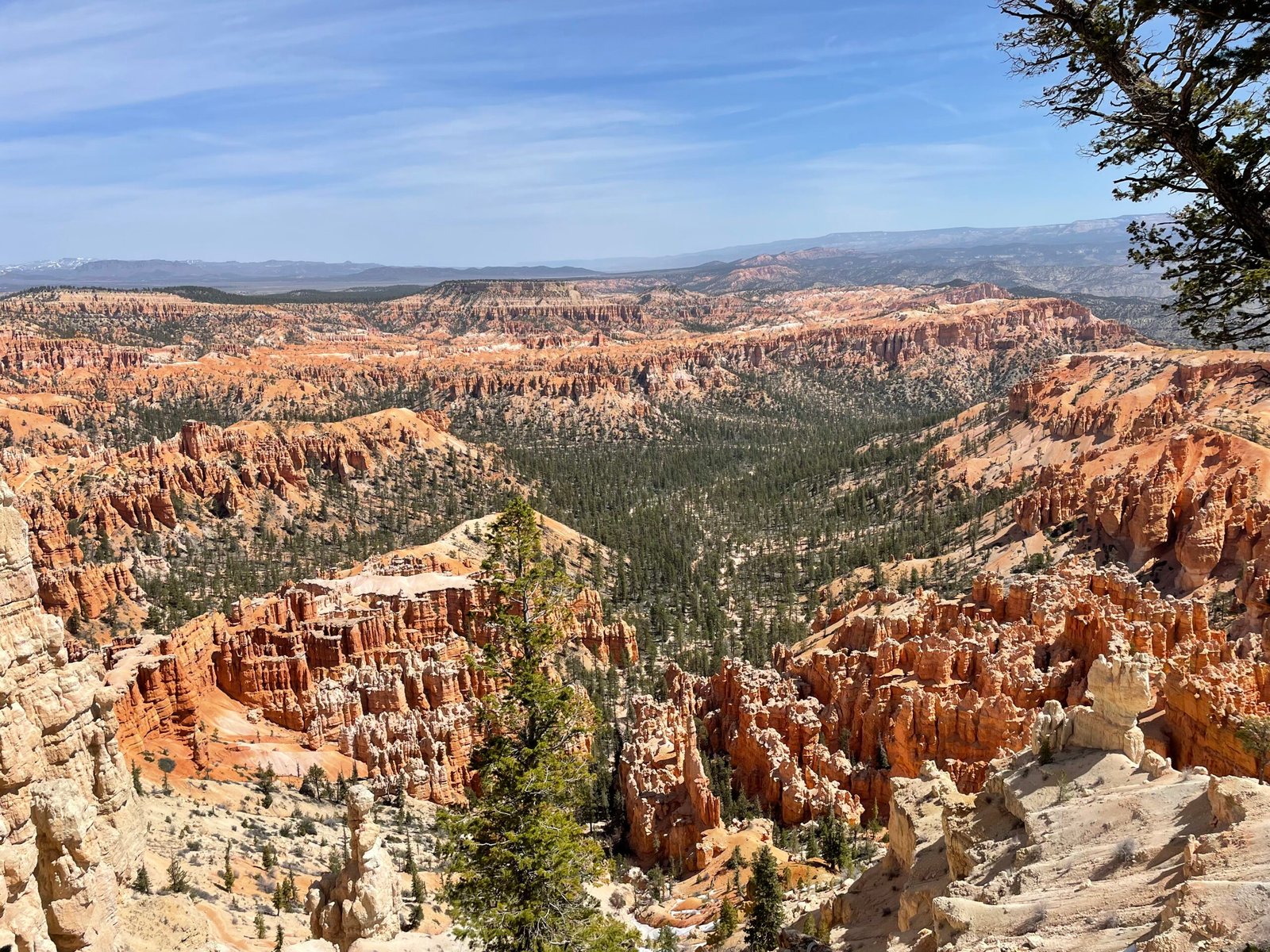
Bryce Canyon sits high in the Utah desert. Often paired with a trip to its big brother Zion, how does this park rate?
What is it?
High amounts of elevation, high amounts of Hoodoos, high amounts of fun!

The Ridley Review:
For soccer/football fans of a certain age, the name Rory “The Delapidator” Delap will ring a bell. The Irish midfielder was renown for his scarcely believable cannon of a throw-in, which looked like a projectile being launched goalward. Because of the chaos this unique skill created, he was unfairly dubbed a One-Trick Pony.
Under his rocket arms was a much more well-rounded player than he was given credit for. He was a Premier League mainstay for the better part of a decade, starting and winning praise for his grit and tenaciousness with and without the ball as well.
Bryce Canyon National Park is similarly known for one thing: the Hoodoos. Surreal sandstone rock spires springing up throughout Bryce Canyon, they are without comparison. But Bryce Canyon is no One-Trick Pony either; this is a park that offers impressive vistas, rare wildlife, one of the great national park drives, waterfalls, stone arches, skiing, and pristine night skies.
The Layout
This is a WEIRDLY shaped park. Long and thin, it runs like a pencil from Northeast to Southwest. Making this stranger is that park maps often flip the map and display the park horizontally, which causes all sorts of confusion.
There are 2 roads in, but highway 12 only takes you through the Northern edge of park, with the Mossy Cave Trail accessible from this road. The main event, however, is the Scenic Drive: an extension of highway 63 that takes you from the entrance through the length of the park before turning around and coming back the same way. All other main points of interest can be found off this road. Most visitors only explore the first couple miles of the Scenic Drive: Bryce Amphitheater and its various overlooks are located here, as well as all the lodging and food within the park. The most well-known hikes start from here as well, going down into the Amphitheater from the edge of the canyon.
If you want to escape the crowds, the rest of the Scenic Drive is the way to do it. Few visitors venture deep into the road, and some good overlooks and hiking opportunities abound.
Transportation
Bryce Canyon encourages visitors to utilize the Park Shuttle to reduce traffic and pollution. The free bus takes off every 15 minutes and brings guests to 15 different stops of interest along the Amphitheater. Note that the shuttle is not mandatory and does not run in the Winter; it stops typically in October/November and resumes in April. The shuttle does not go any farther than Bryce Point and to go further along the Scenic Drive, you must use your own transportation.
Activities
Ample hiking opportunities, but also many overlooks to stop just enjoy the alien scenery. The real unique experience is horseback riding: guided tours can be booked ($) to head down into the Canyon on horseback during the Summer months. You can even BYOH!
Roads and Gas
Gas isn’t a major issue here: Bryce Canyon City is literally right outside the park and has gas available.
Major roads to get here include Highways 12 from the East and West (which cuts through the park’s Northern tip) and Highway 22 from the North, which becomes Highway 63 and then once entering the park becomes the Scenic Drive. The Scenic Drive is 18 miles long but feels a lot longer, as you wind slowly to ever-higher elevations driving along a ridge. Off to the right as you drive South, you will notice the ecosystem is recovering from major fires in 2009 and 2018 with several areas of burned forest. To the left, the views remain spectacular, as you can get a Bird’s Eye view of most of the park from Rainbow Point, the highest point in the park which sits on the end of the Scenic Drive.
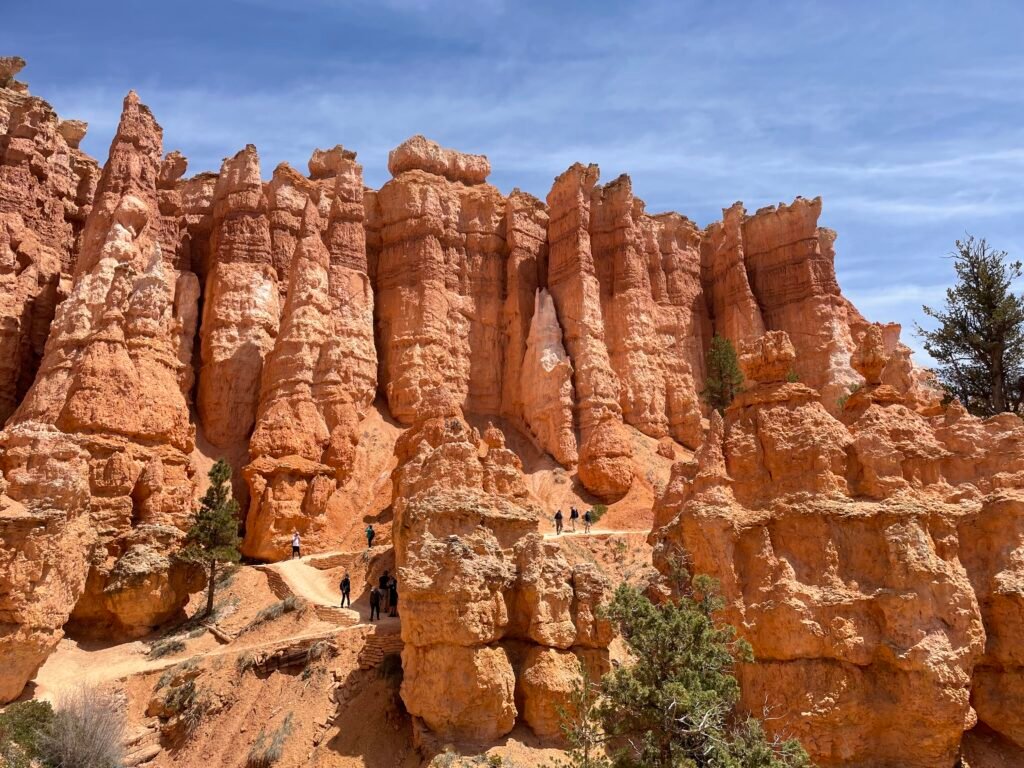
Rating:
An unearthly landscape you need to see to believe. Pair it with Zion – definitely two worth making a trip to.
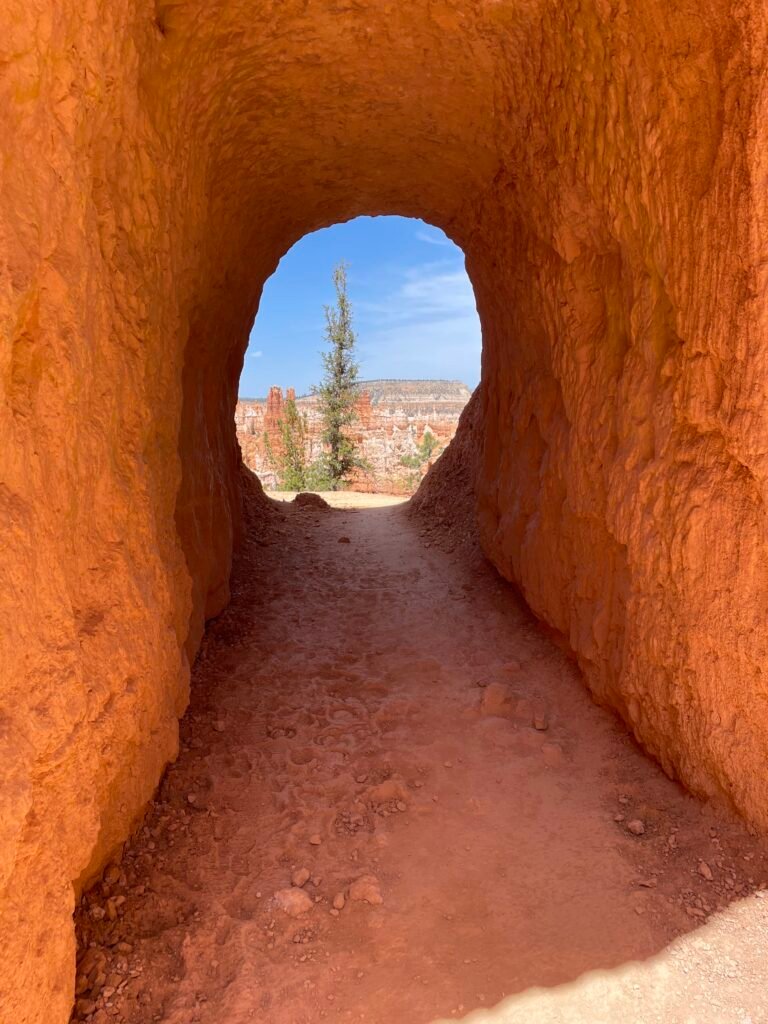
Fast Facts:
Location: Southwest Utah
Founded: 1928 (previously a National Monument from 1923)
Size: 55.99 square miles
Cost: $35/car; $70/year1 (Just buy the $80 America the Beautiful pass if it is in your budget – full access to every national park for a year)
Visited: 2023
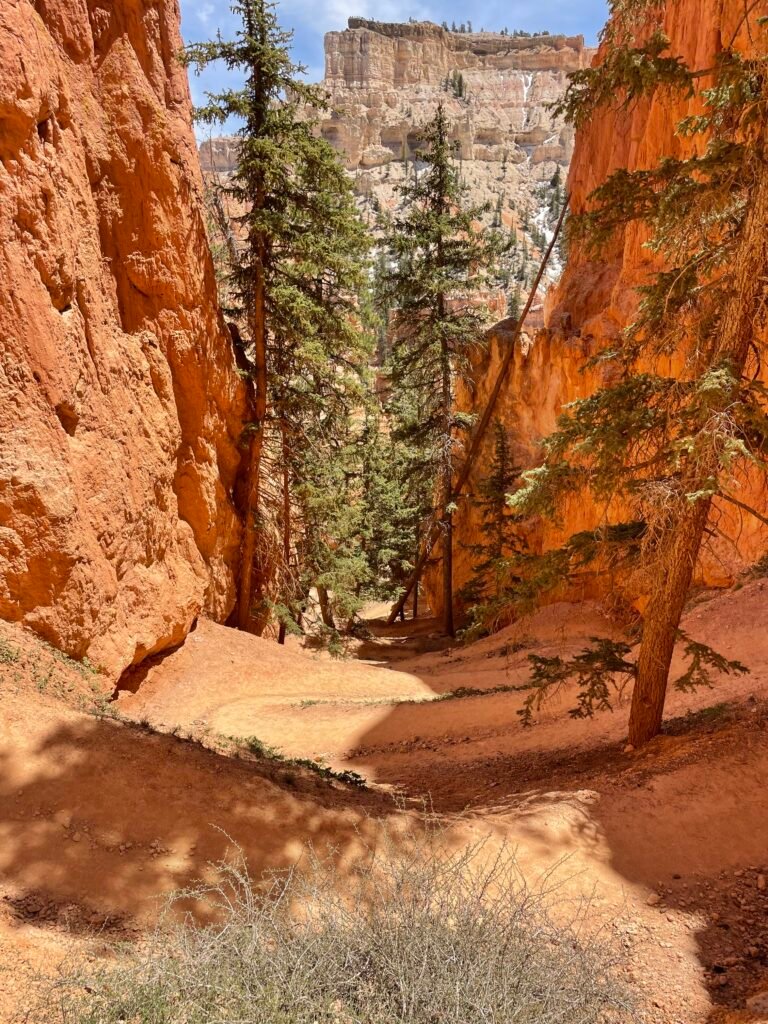
Food & Lodging
Food
From Spring (April) until late Fall (November), there are plenty of food options available, from grab-and-go services to upscale dining.
At the Lodge at Bryce Canyon, you have the main dining room, which is a full table service restaurant offering breakfast, lunch, and dinner daily. While the food is good, I found the prices, even for a national park, to be outrageous and stuck with the burger (shocker, I know). Adjacent there is also a pizza and coffee shop (an odd pairing to say the least). It was closed when I was there so I have no insight as to the quality, but it is a quicker and cheaper alternative.
Closer to the entrance bordering the North Campground is the General Store, which features an assortment of basic provisions but also some grab-and-go sandwiches and other treats. Again I thought the prices were high, but when your the only game in town…
Lodging
Hotels
The Lodge at Bryce Canyon is the only hotel inside the park. It is beautiful – the lobby and main building date back nearly 100 years and are grand, yet rustic. The rooms are massive, clean, and also rustic – fitting right in with the surroundings. It is one of the most well-known and legendary park lodges, and it lives up to its reputation. Honestly I shouldn’t have stayed here – the room was wayyy outside my budget when visiting, but here we are. A night will set you back about $255/night.
Outside the park, there are loads of hotels in the town of Bryce Canyon City right outside the park. Heck, it seems like the half the town’s buildings are hotels. There is an occasional rodeo in the town as well, if you want something outside the park.
Camping
Two campgrounds exist inside the park: Sunset and North. Both are near the main attraction – the canyon itself – and provisions at the Lodge/General Store. Both sites require reservations (available 6 months in advance) during peak season from Mid-May to Mid-October. The rest of the year operates on a first come, first serve basis. A site costs $30/night at both locations.
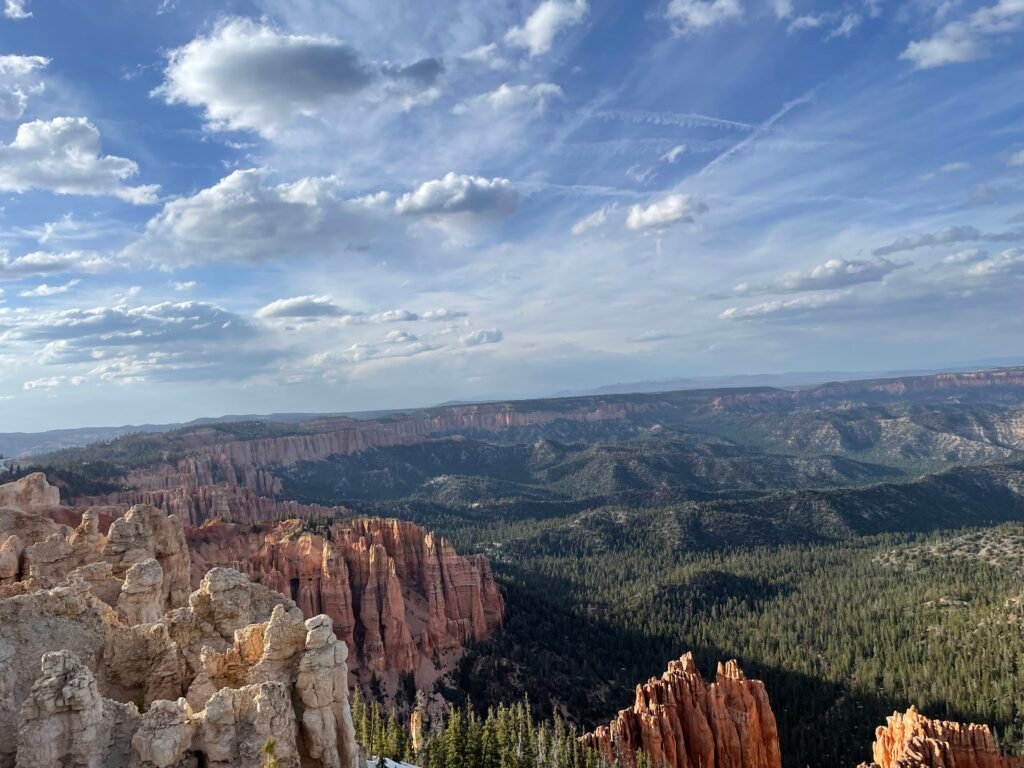
Hikes and attractions:
Note that hikes here are more prone to closing than other parks, as the sandstone Hoodoos are highly sensitive and constantly changing via erosion. It is not uncommon for one to topple and close a trail for a period of time.
Hikes
Queen’s Garden Trail – One of the main trails with which to actually enter the Amphitheater. This trail is headed at Sunrise Point, and descends sharply into the Canyon below. You get astonishingly close to many Hoodoo formations as you descend. This trail is especially popular during Spring, as the other popular trails descending from the Canyon edge (Navajo Loop and from Bryce Point) often open later. Just remember: what goes down must come up! Although the NPS considers this the easiest of trails that enter the canyon, there is no escalator coming to save you and your burning calves on your steep ascent back up. This can be an out-and-back trail, or can be paired with the Navajo Loop Trail or the Peekaboo Loop Trail for a more complete experience.
Peekaboo Trail – This is a helluva hike. It probably cracks my top 10 all-time as of this writing. Much more serene and peaceful than the trails closer to the rim, this trail meanders through the environment in a way that feels so natural. You see so many famous formations and discover little gems along the way as well. There is even a tiny little bathroom, a nice perk down in the canyon. The hardest part is just getting to the trail: you need to make your way to one of two trailheads by means of the Queen’s Garden or Navajo Loop Trail (the Northern trailhead) or from Bryce Point (the Southern trailhead).
Rim Trail – the most popular trail in the park, this flat trail literally runs along the rim of Bryce Canyon from Fairyland Point at the Northern end to Bryce Point in the South. For the best time of day, I say walk a section at dawn or dusk, when the crowds are long gone and you can soak in the surreal landscape.
Big-Name Hikes I haven’t done
Navajo Loop Trail – 1.3 mile loop descends from rim into Bryce Amphitheater. Trailhead at Sunset Point.
Fairyland Loop Trail – from Fairyland Point, descend into the Canyon. 8 mile loop strenuous loop.
Mossy Cave Trail – 0.8 miles out-and-back, this is the only major hike not accessible from the Scenic Drive; you must exit the park and access it via Highway 12. Takes you to a pristine cave and waterfall.
Under-the-Rim Trail – a backpacking trail totaling 22.9 miles that runs, you guessed it, under the rim of Bryce Canyon. There are 7 campsites to stay at during your backpacking trek.
Other Activities
Horseback Riding – $85/120 per person depending on trip length. Visit this site for more details.
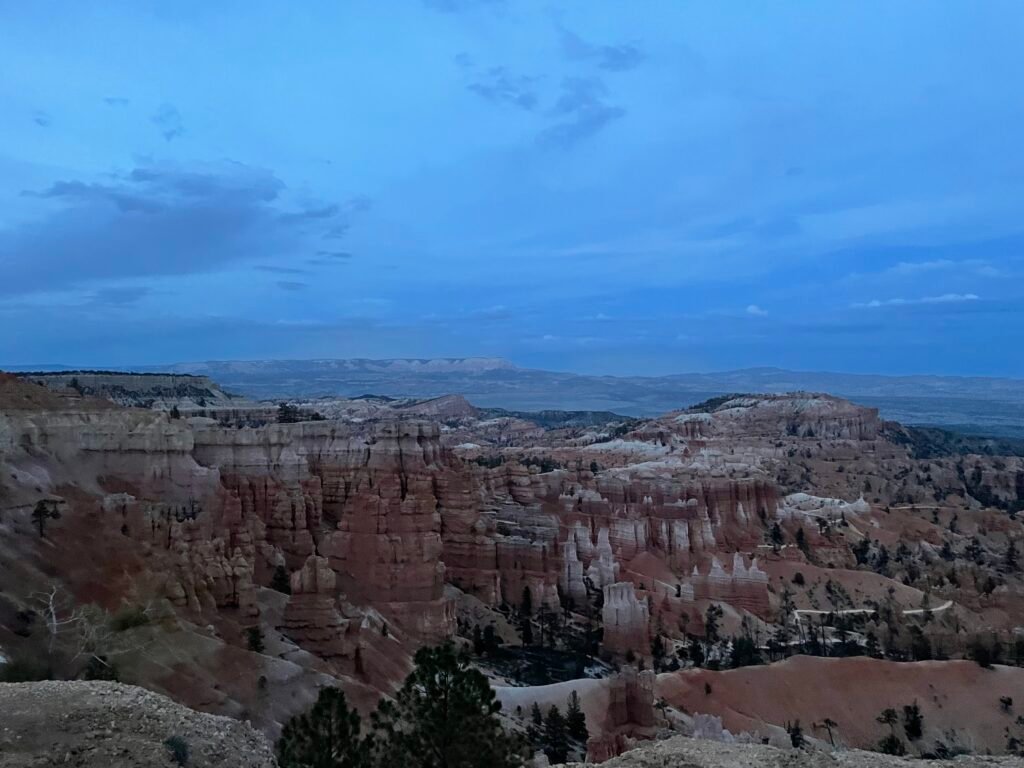
National Park Rankings
- Yosemite National Park
- Olympic National Park
- Mount Rainier National Park
- Kings Canyon National Park
- Zion National Park
- Bryce Canyon National Park
- Arches National Park
- Canyonlands National Park
- Crater Lake National Park
- Indiana Dunes National Park
- Shenandoah National Park
- Capitol Reef National Park
- Acadia National Park
- Redwood National Park
- Pinnacles National Park
- Cuyahoga Valley National Park
- Gateway Arch National Park
A note: as with all reviews to come, this will be updated upon any re-visit to the park. Feel free to comment or send in your own reviews or recommendations and we will get it added here!

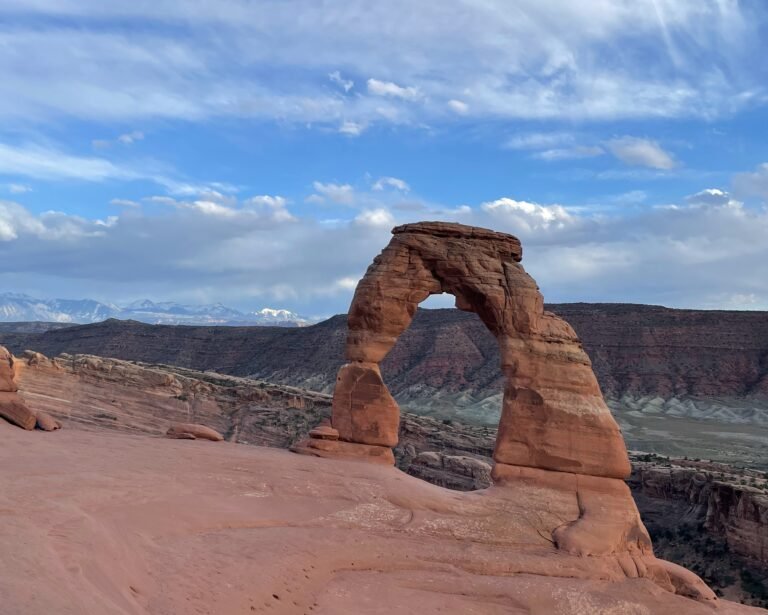
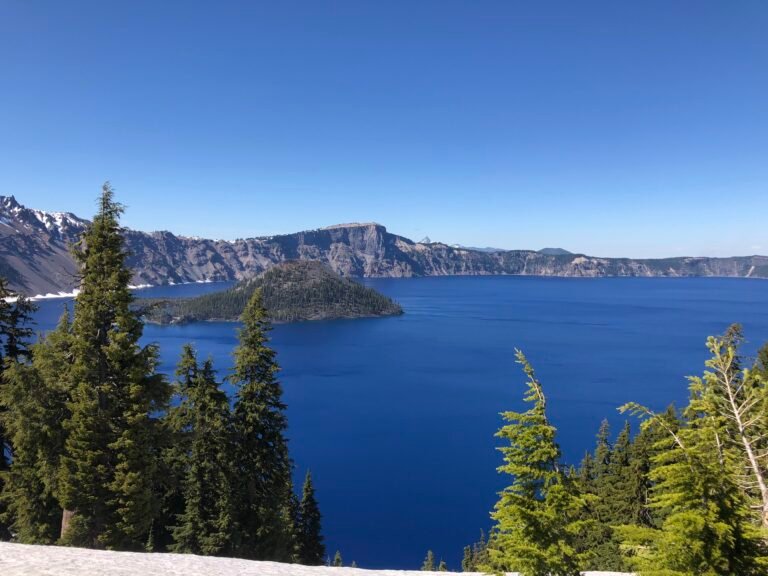

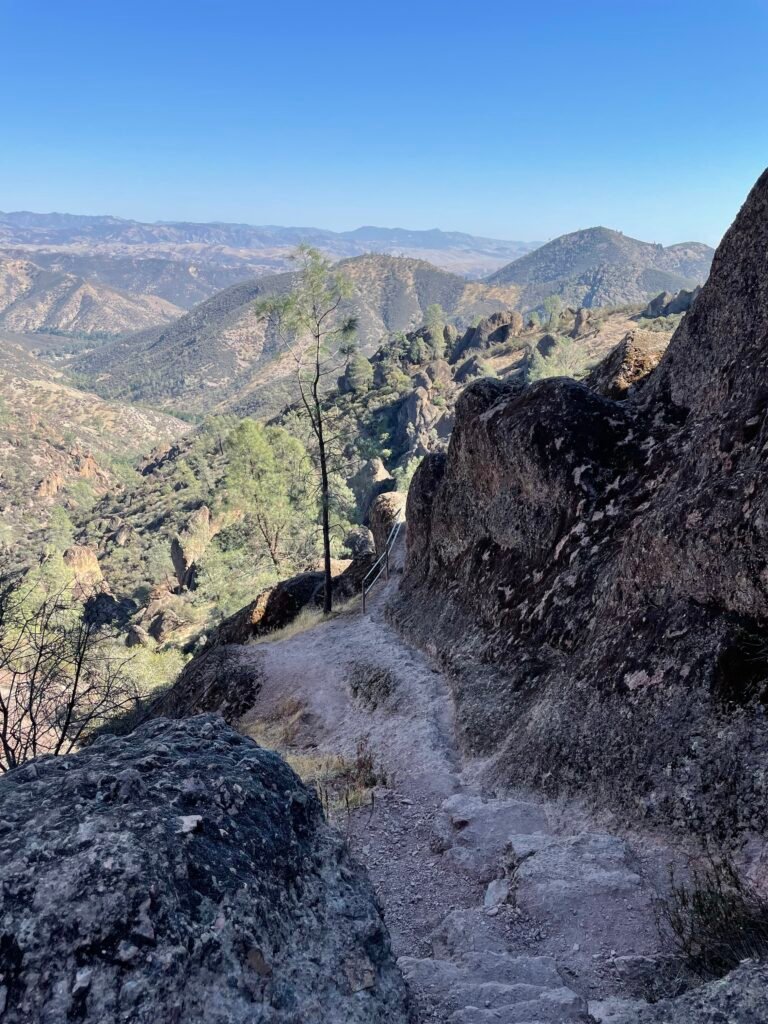
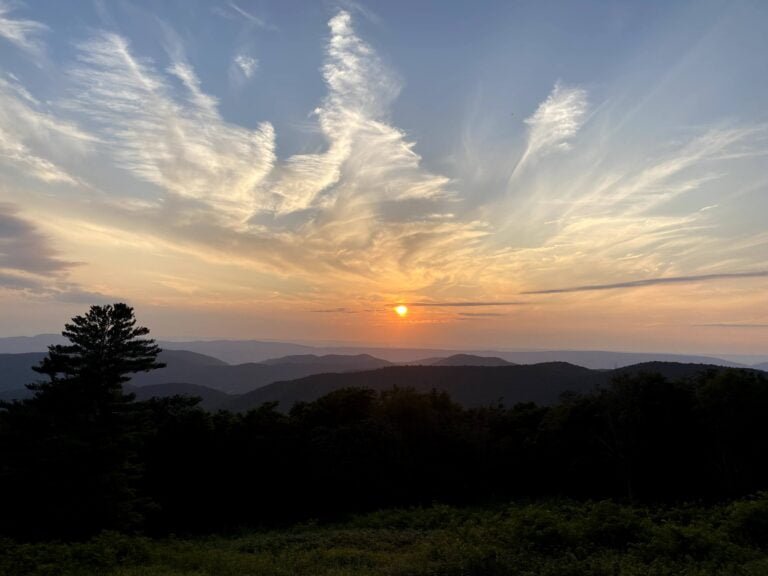
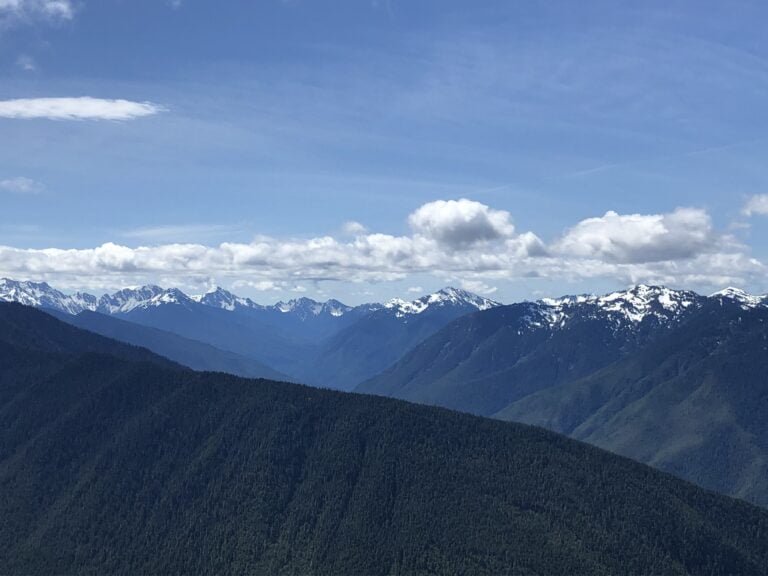
The scenery is positively breathtaking! It would be amazing to horseback ride down into the canyon. Thanks so much for the information in case I ever get the chance to do this in the future.
It sure would be epic! Makes things easier on the calves too lol!